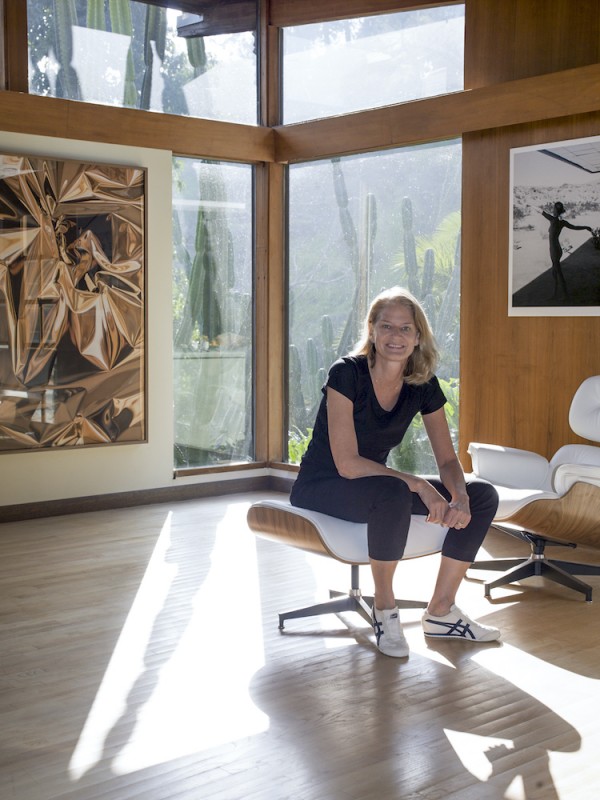Book of the Month: Kings Road
Book of the Month: Kings Road
Mona Kuhn
April 19, 2022
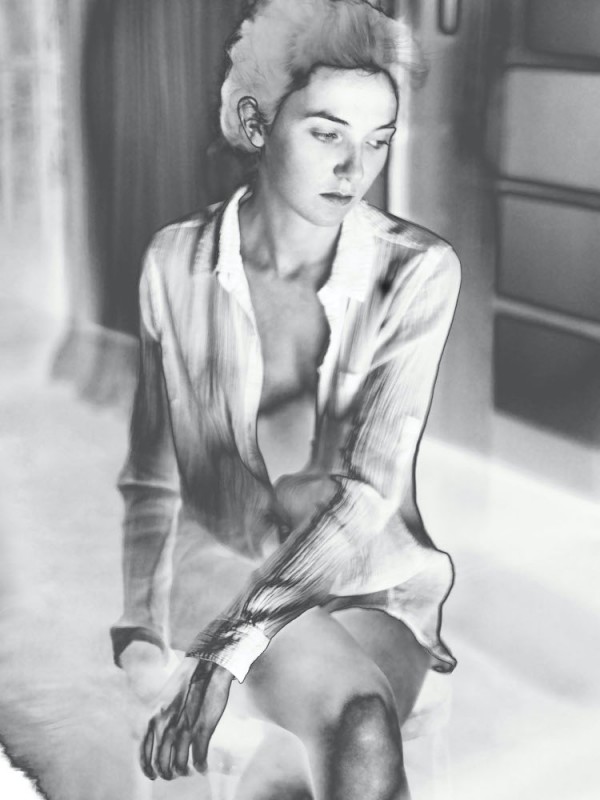
Serene
This mixture of documentation and artistic intervention results in an exciting examination of an icon of modern architecture: Schindler House, also known as Kings Road House, is a residential studio building in West Hollywood. It was designed in 1922, by the Austrian-American architect Rudolf Michael Schindler (1887-1953), for both his own family and another family of friends. Located at 835 North Kings Road, the building is considered one of the most unusual design and social experiments of its time. It was an avant garde meeting place for intellectuals and artists in the 1920s and 30s, with a radical concept that served to inspire numerous younger architects. Today, in collaboration with the Austrian Museum of Applied Arts (MAK) in Vienna, it is used as a place for research and study.
The photographer was fascinated by the atmosphere in the house the very first time she visited. During subsequent visits, she drew closer, which gave rise to an elaborate series of pictures. Kuhn was not satisfied with a simple documentation of the architecture; she also traced the history of the house and the lives of the people who lived there, thus creating new poetic spaces. She worked on this project in collaboration with the Department of History of Art and Architecture of UC Santa Barbara, and was given access to Schindler's private archives, including blueprints, letters and notes. In addition to the first-time publication of some of these documents in this book, Kuhn interprets the dichotomy between memory and recording, in a series of colour photographs and solarized silver gelatine prints, which is one of the surrealist artist's preferred techniques. The puzzling subject of her solarized images is a fictitious ethereal figure, inspired by a letter Schindler wrote to a mysterious woman. The suggestive portraits give visibility to a woman who is otherwise only present in the letter, even though the solarization technique means that the figure appears to be in a state of dematerialisation. With these fleeting images, the artist also seems to be questioning the very nature of photography as a way to record something. (Ulrich Rüter)
Mona Kuhn, Kings Road
With texts by Silvia Perea and David Dorenbaum.
160 pages, 100 colour and black and white pictures. 24.5 x 31 cm.
English. Steidl
This concisely-designed book complements the exhibition 835 Kings Road at the Art Design & Architecture Museum in Santa Barbara, California. The exhibition will be on display until May 1, 2022.
All images on this page: © Mona Kuhn
Mona Kuhn+-
was born in São Paulo, in 1969, and lives today in Los Angeles. Her work centres, above all, around the examination of the human body, its physical and metaphysical presence, portraiture and nudes. She often deals with classical themes, and her photographic art is found in many private and public collections around the world. She currently works as an independent scholar at the Getty Research Institute in Los Angeles. Kuhn's first monograph, Photographs, was published by Steidl in 2004; followed by Evidence (2007); Native (2010); Bordeaux Series (2011); Private (2014); and She Disappeared into Complete Silence (2018/19). A retrospective book, Works, was published by Thames and Hudson (2021). More

Serene
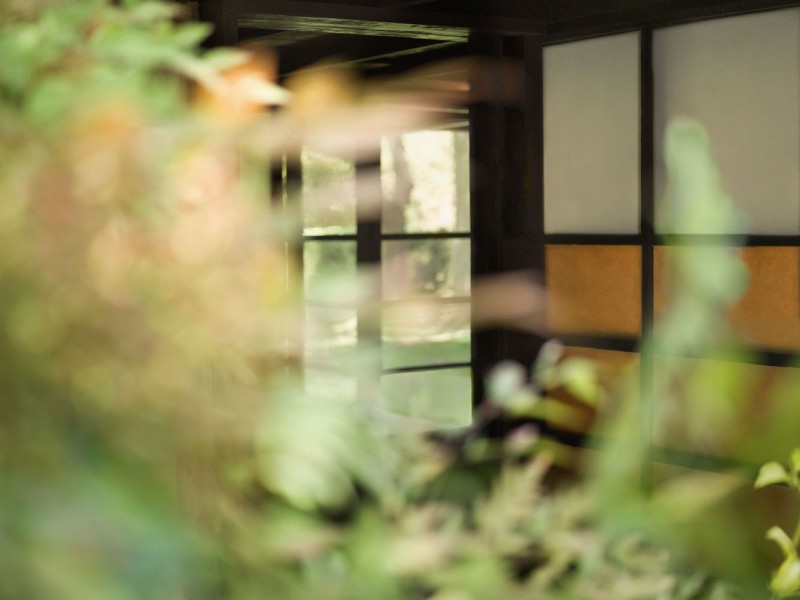
Schindler’s Chair
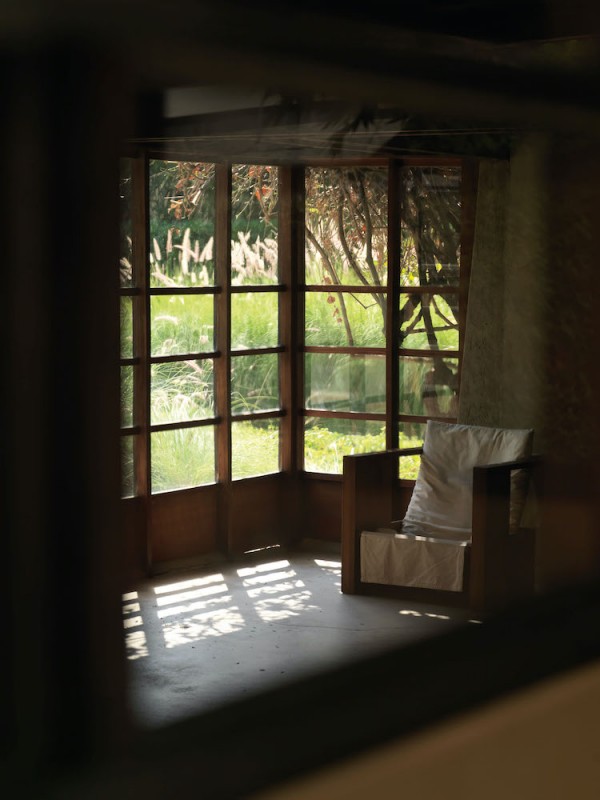
Entrance
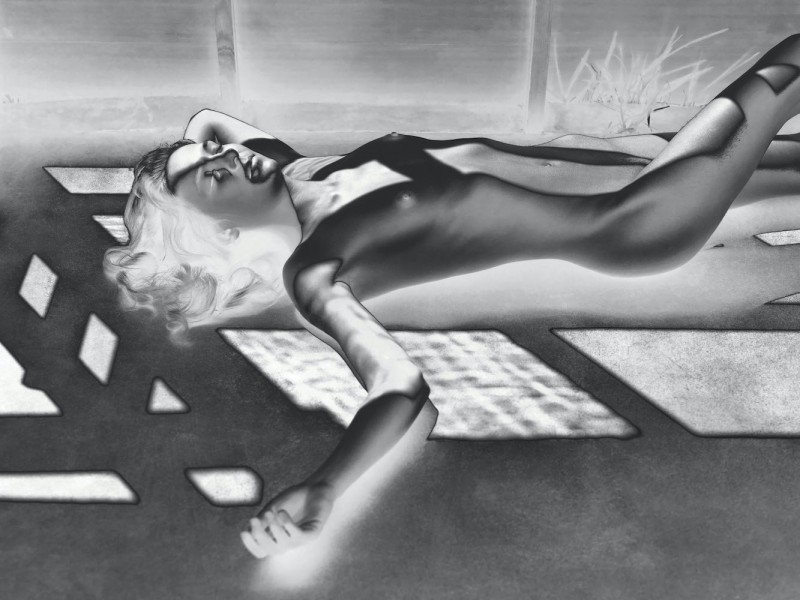
Silhouette
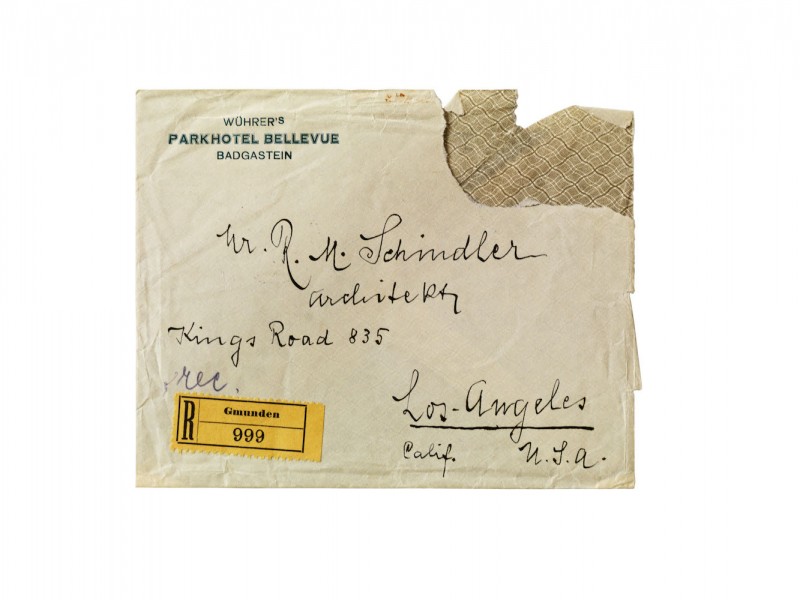
Post
